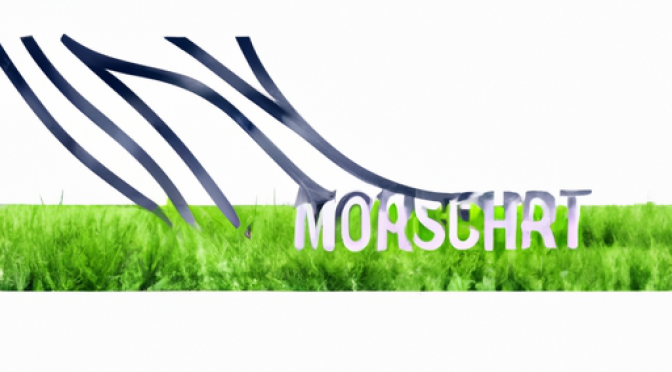Introduction
Mycorrhiza is a symbiosis that develops between plants and fungi. This mutualistic relationship is beneficial for both plants and fungi and has many ecological and agronomic implications.
Types of mycorrhizae
There are two main types of mycorrhiza: endomycorrhiza and ectomycorrhiza.
Endomycorrhiza
Endomycorrhiza are the most common type and are fungi that invade the root cells of plants. This symbiosis allows the fungi to supply nutrients to the plants, especially phosphorus and nitrogen. The plants in turn provide the fungi with carbohydrates, which they produce during photosynthesis.
Ectomycorrhiza
In ectomycorrhizae, fungi form a web of fungal filaments on the outside of the plant root system, surrounding the roots. This type is particularly common among pines and oaks. Through ectomycorrhizae, the fungi supply nutrients to the plants and the plants supply carbohydrates to the fungi.
Importance of mycorrhiza
Mycorrhizae provide many benefits to both plants and fungi. Fungi help plants to take up nutrients more efficiently, especially phosphorus and nitrogen, which are difficult to obtain. Mycorrhizae also help plants to absorb water and tolerate stress. And for fungi, the carbohydrates produced by plants are a source of food.
Conclusion
Mycorrhizae are an important symbiosis that benefits both plants and fungi. This mutualism helps plants to take up nutrients more efficiently and to tolerate stress. Given the importance of mycorrhizae, further research and understanding is important to better exploit this natural process in agriculture and ecological sustainability.
∑: plants, nutrients, symbiosis, endomycorrhiza, supply, carbohydrates, ecological, ectomycorrhiza, common
